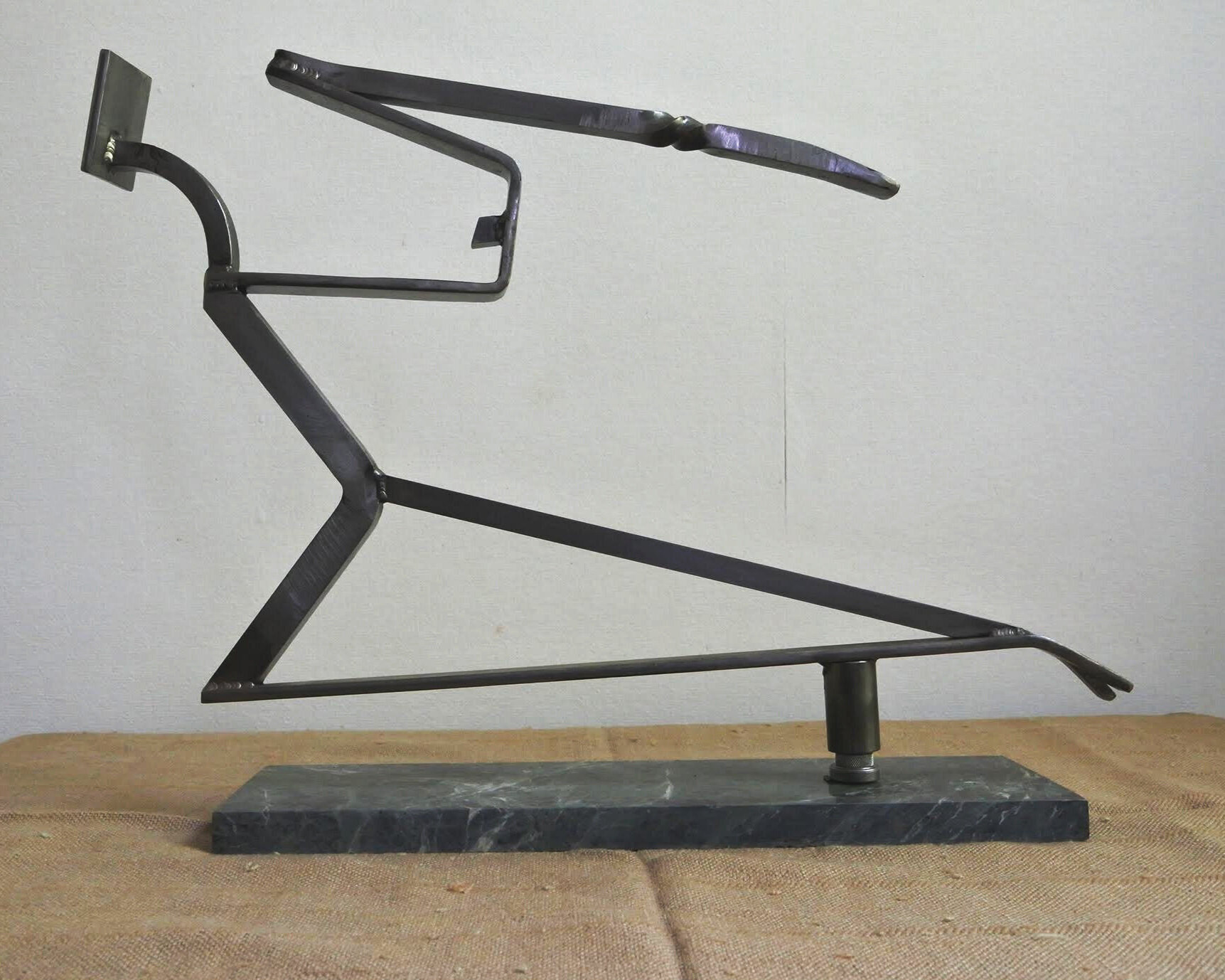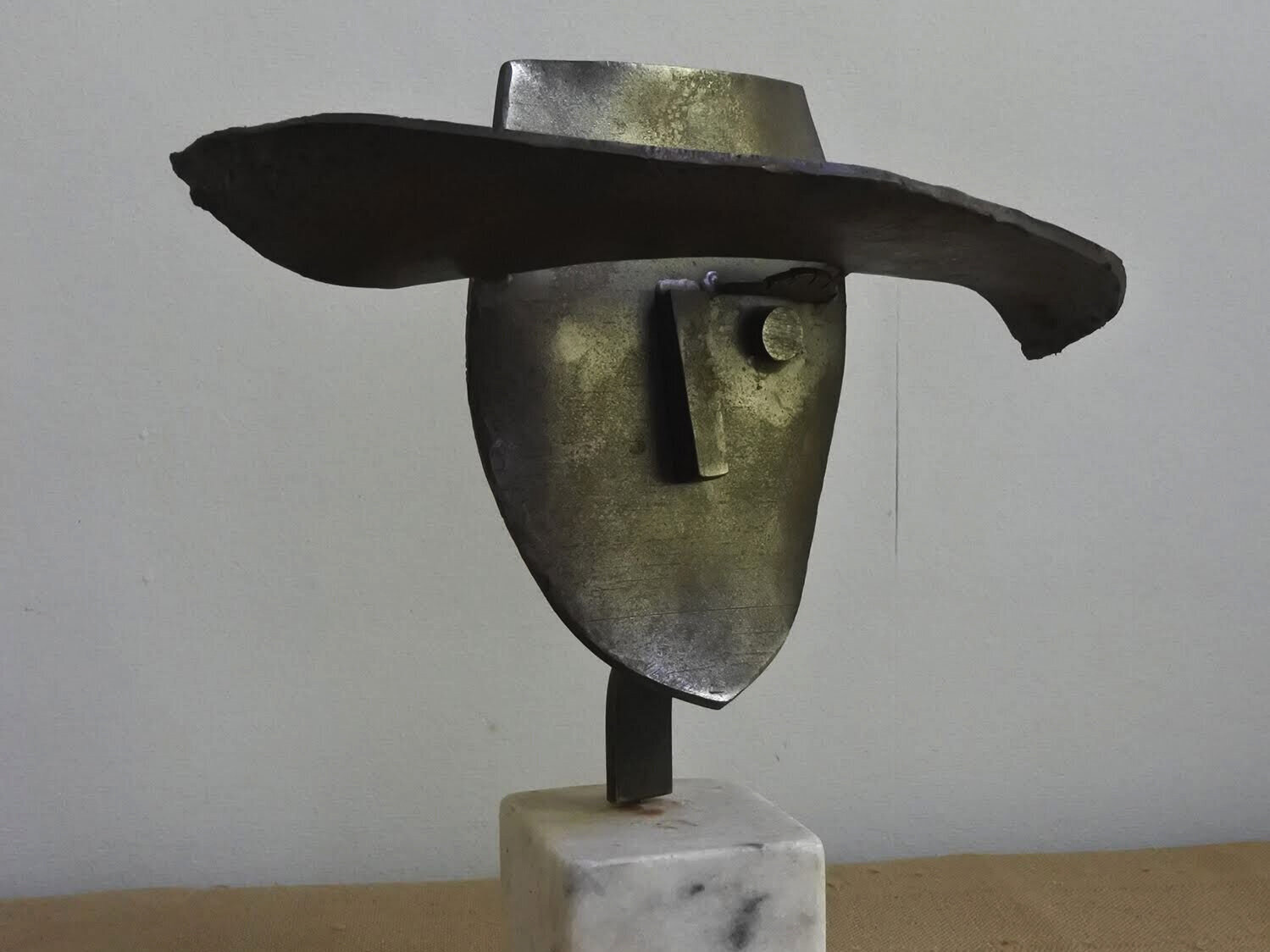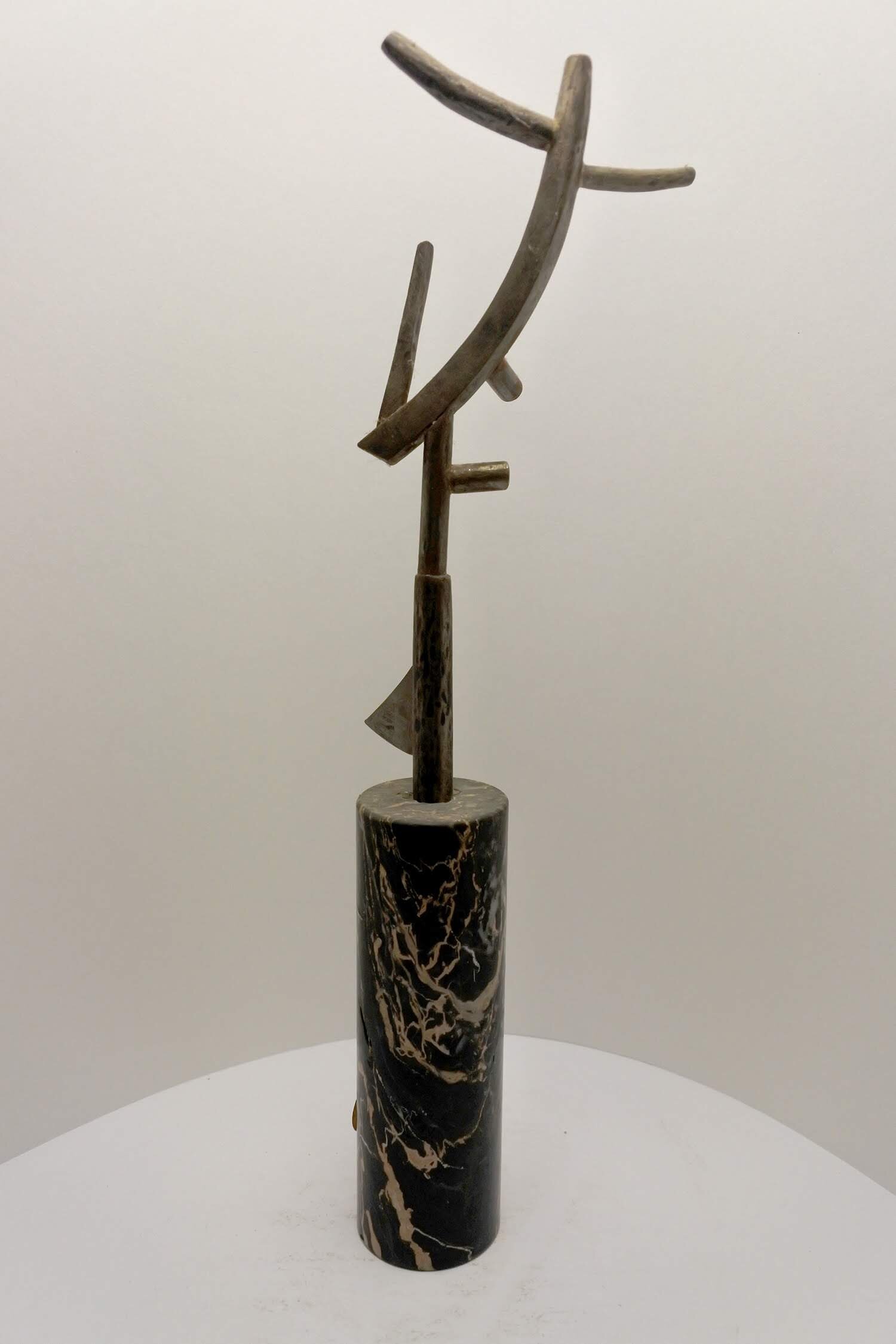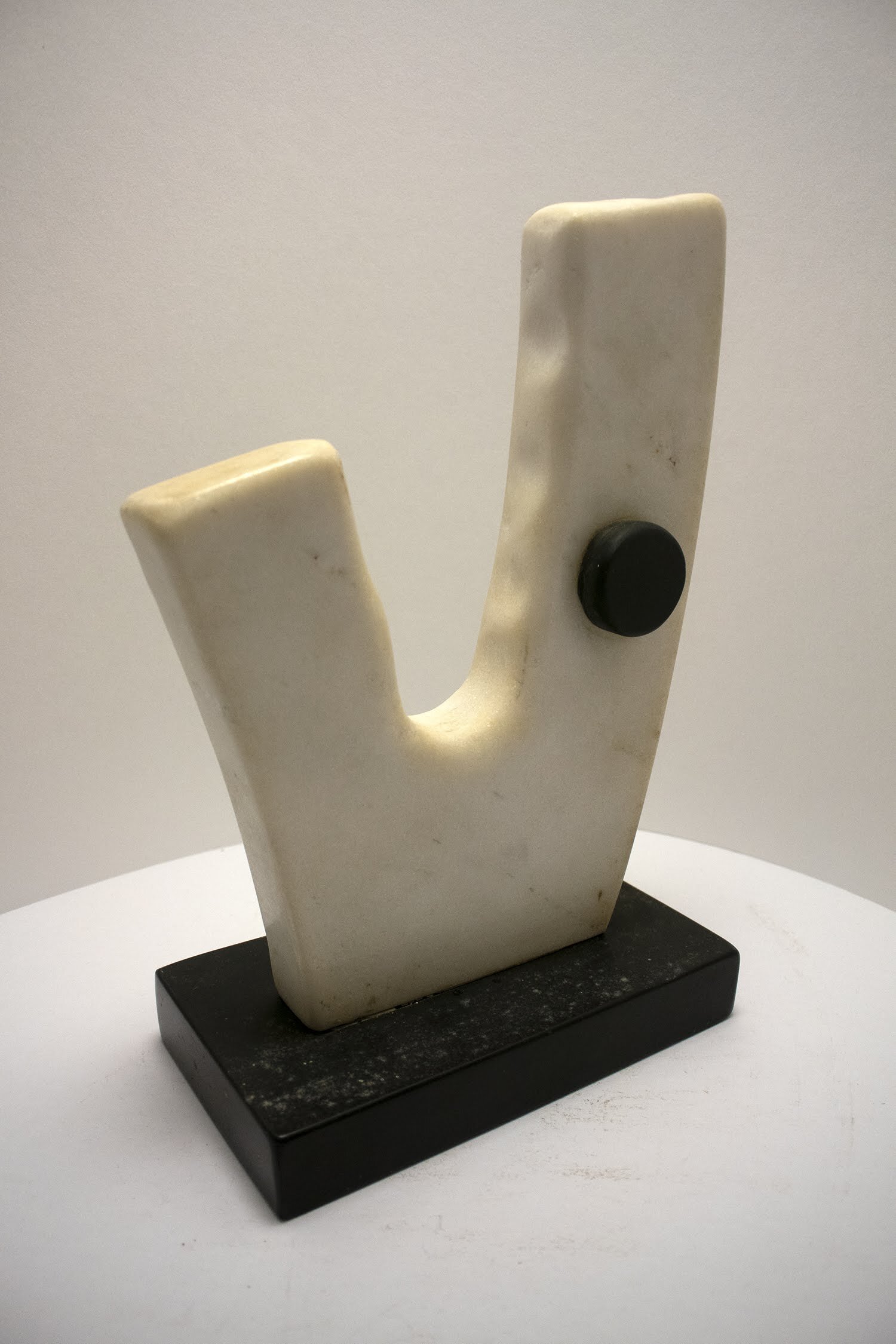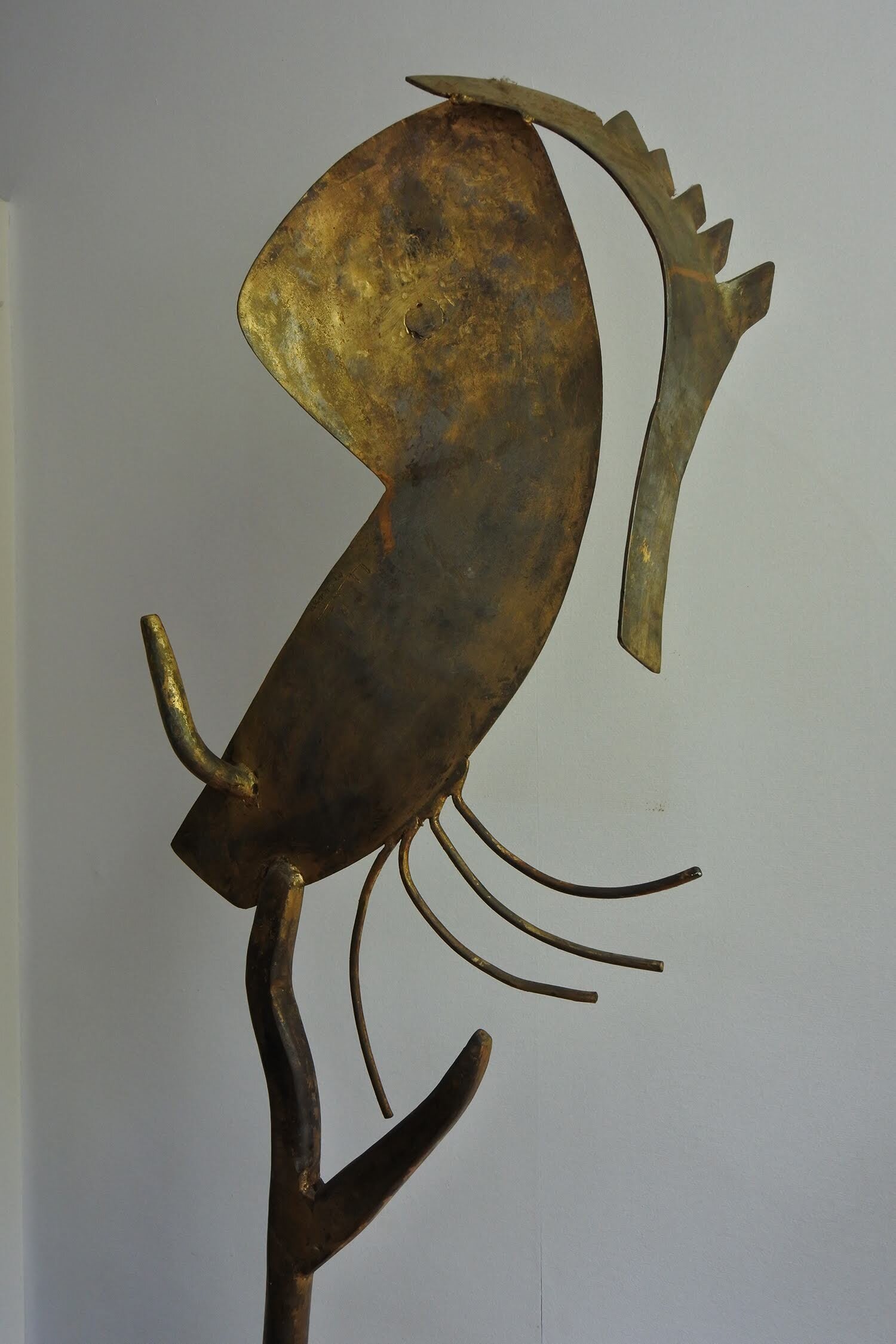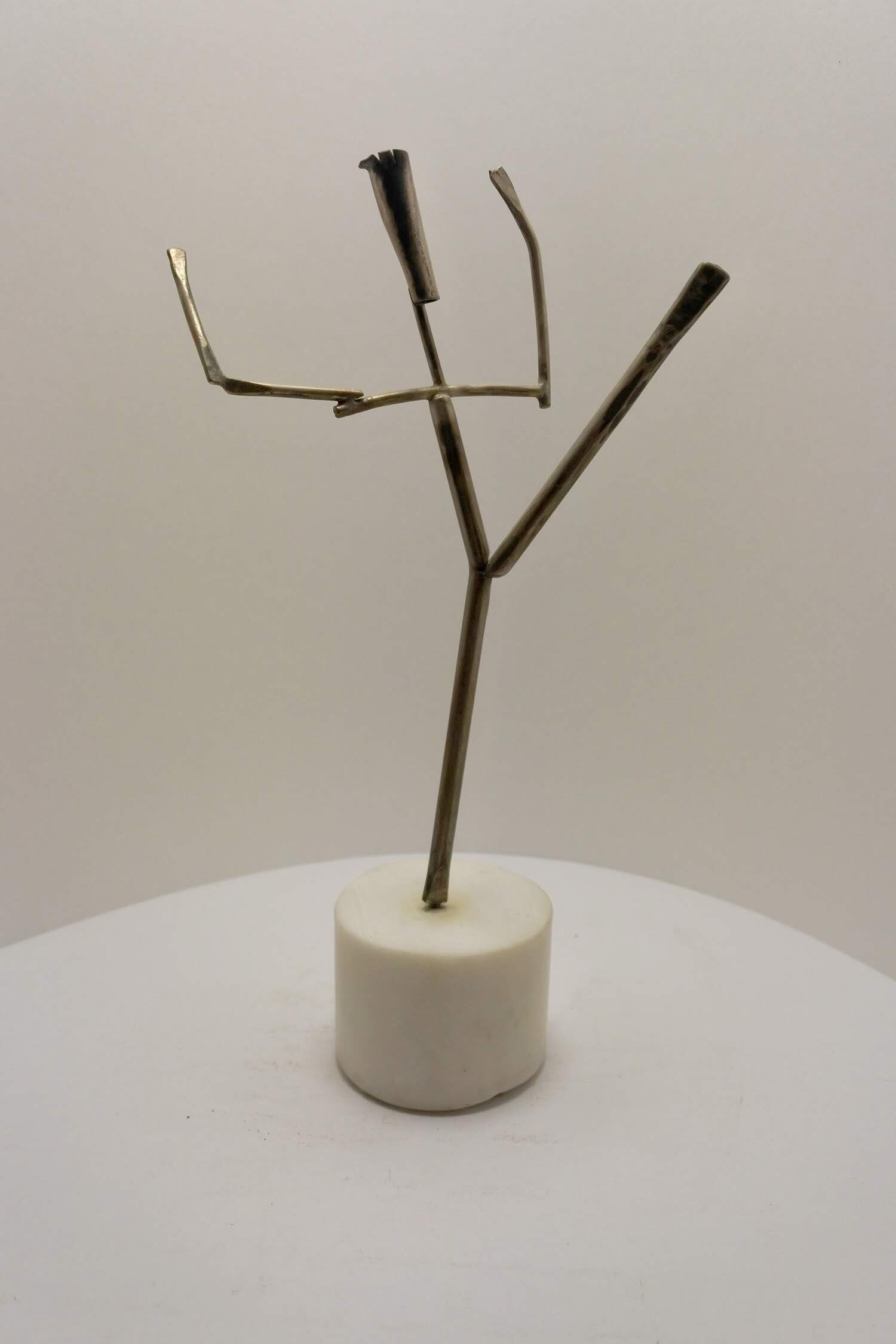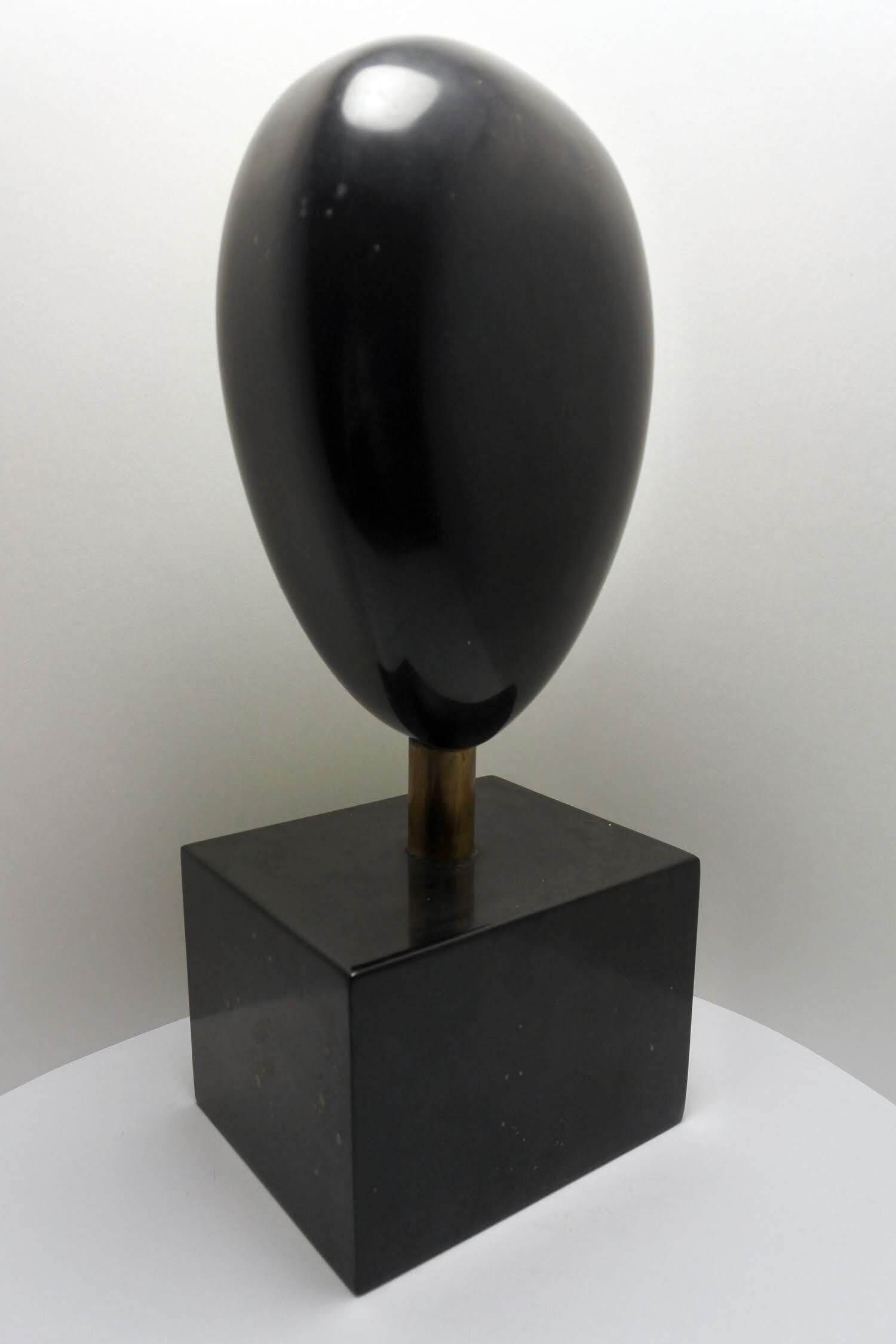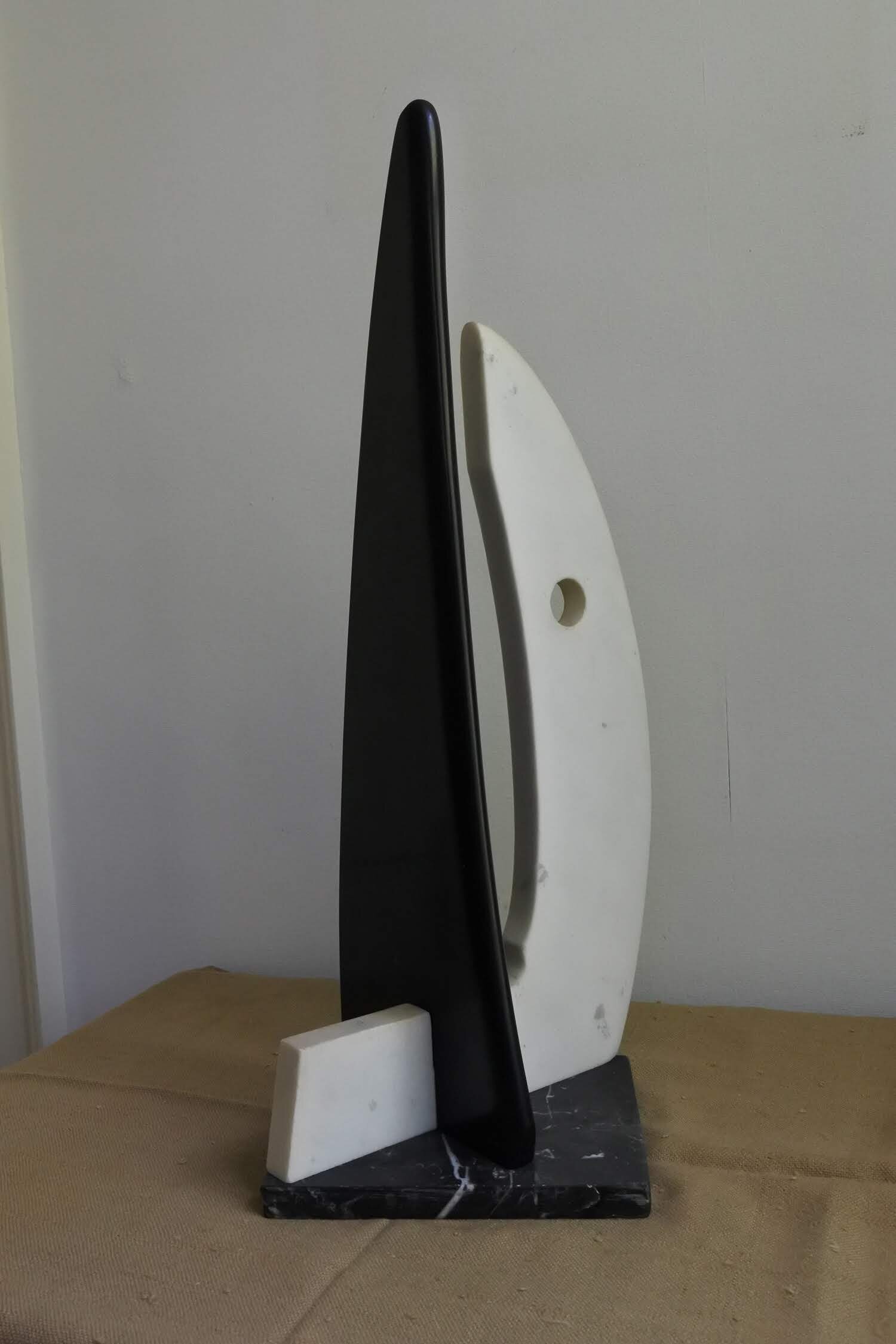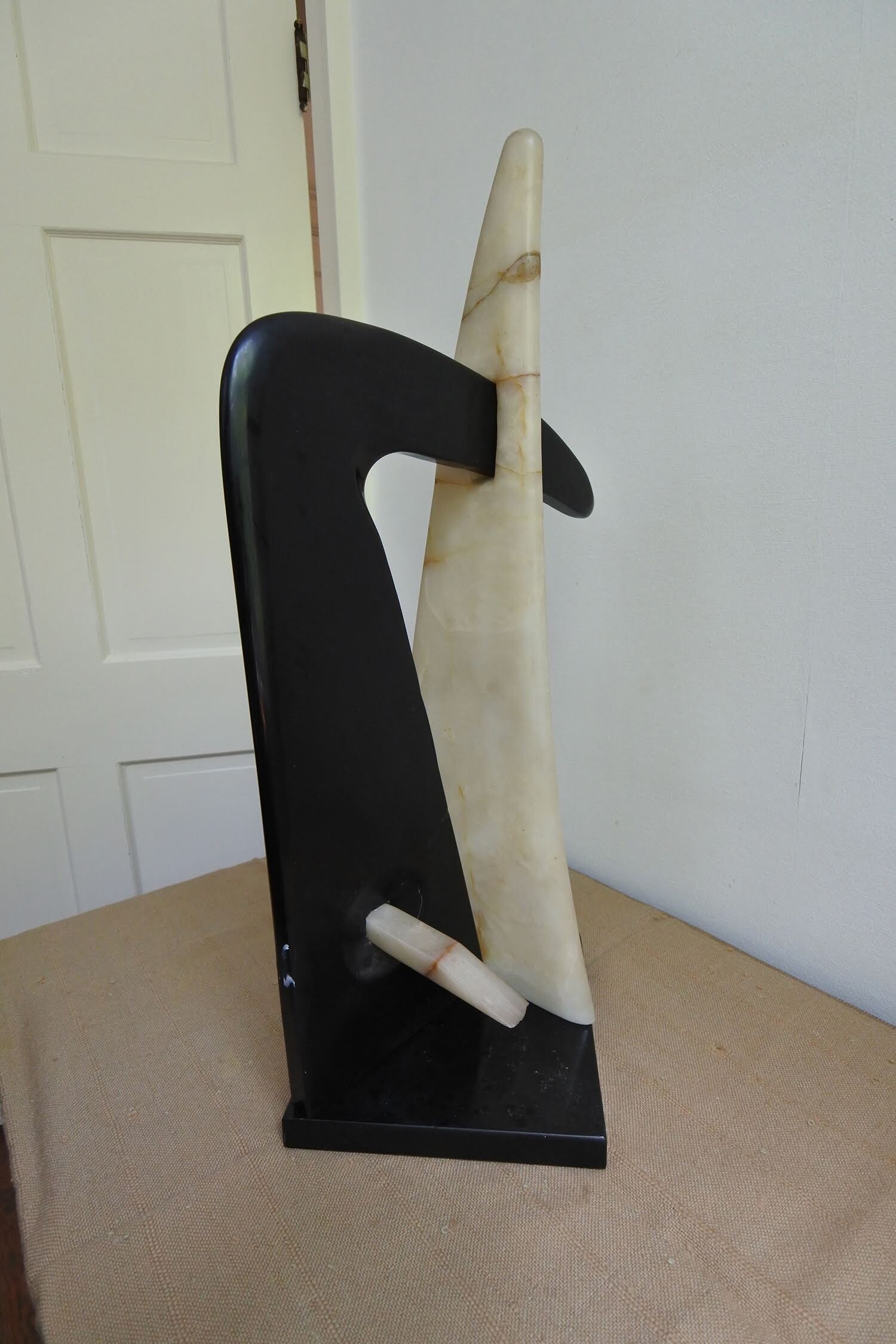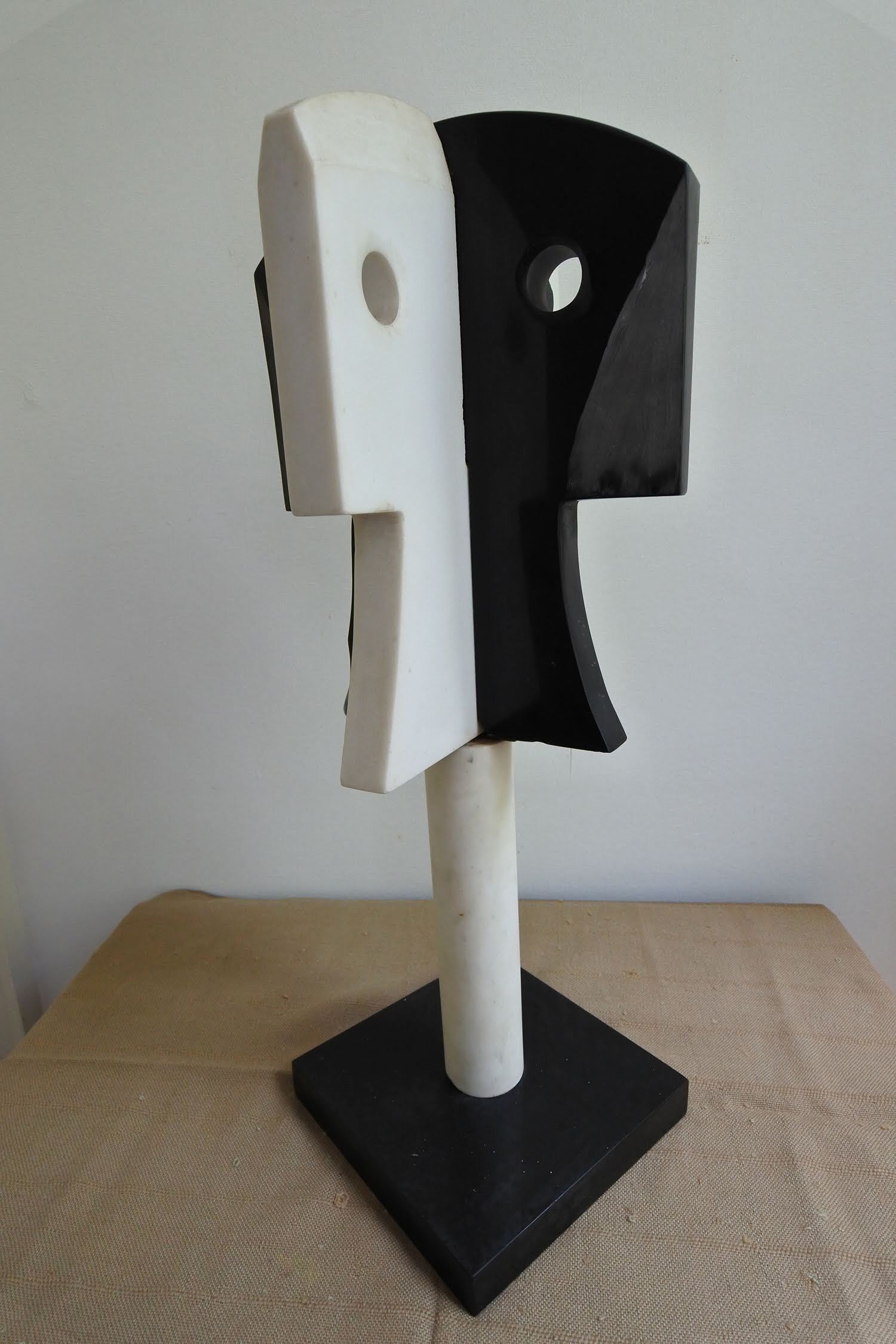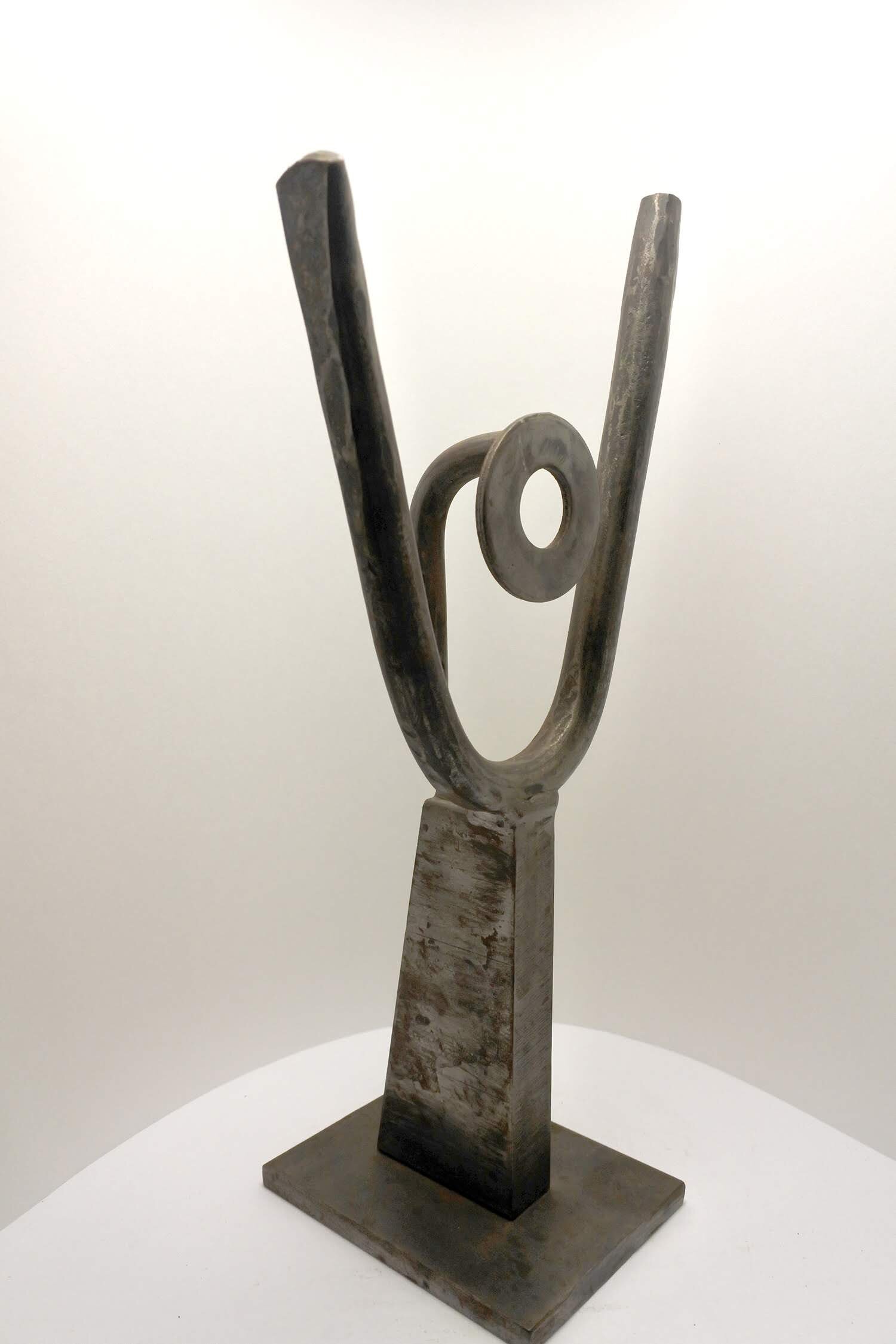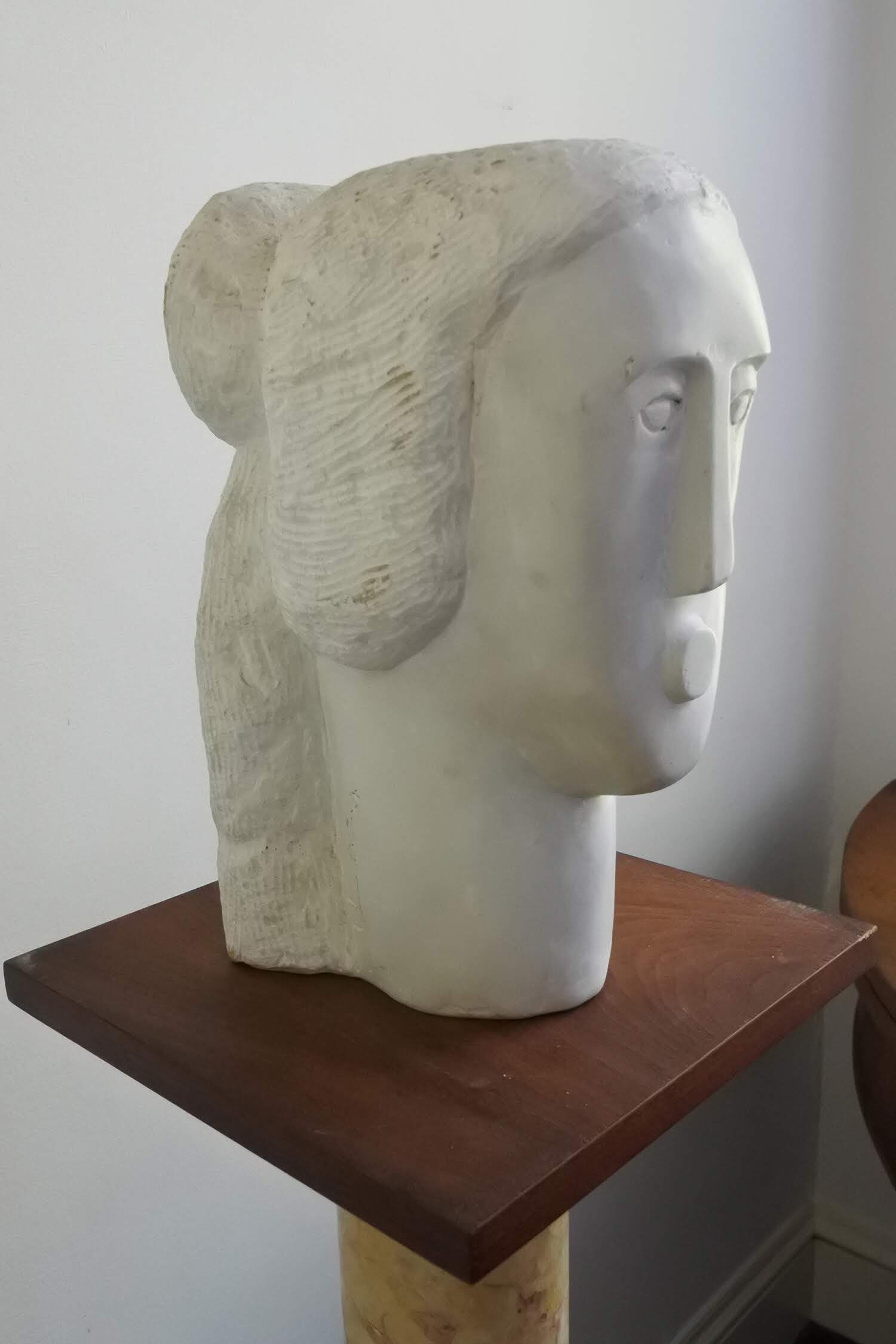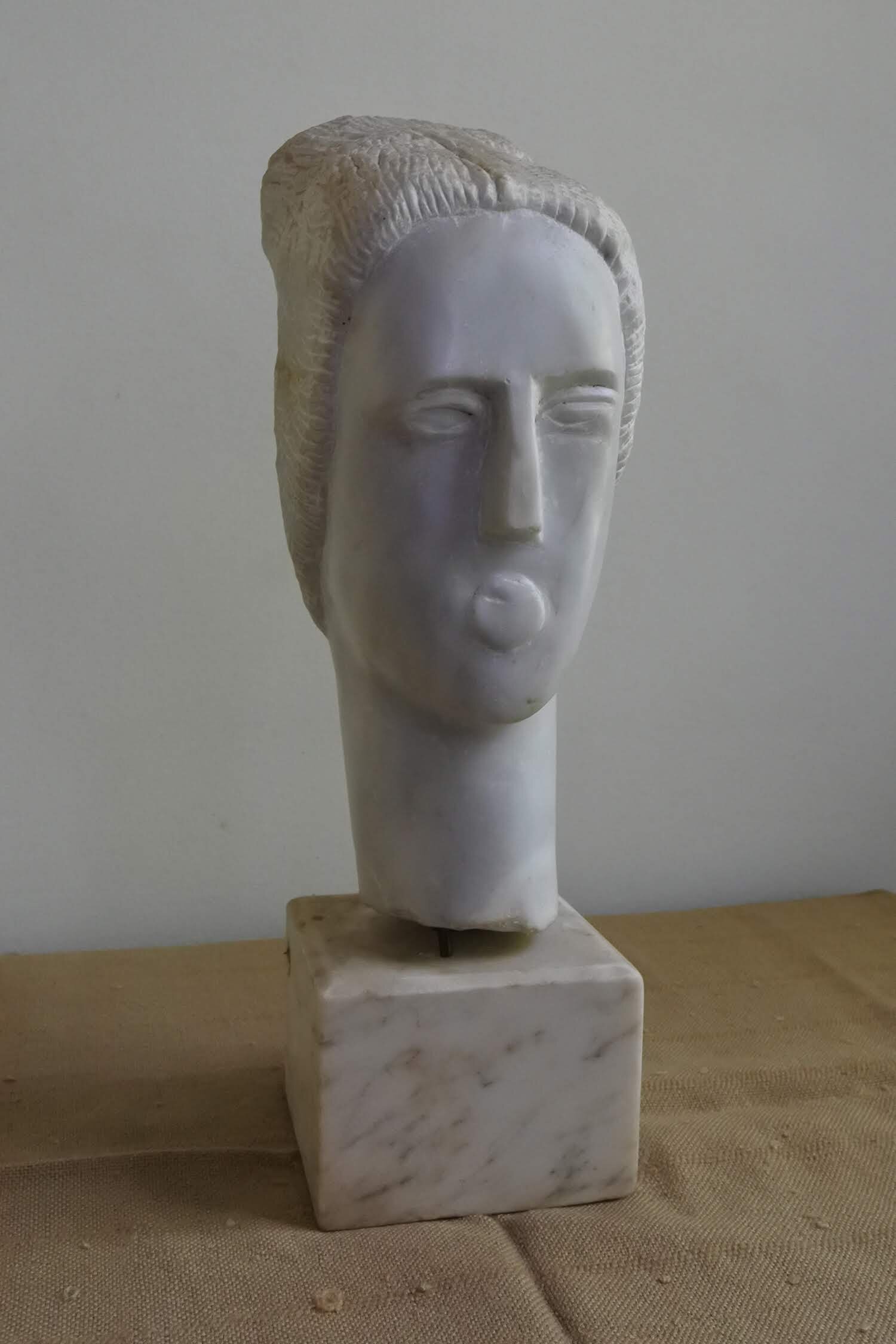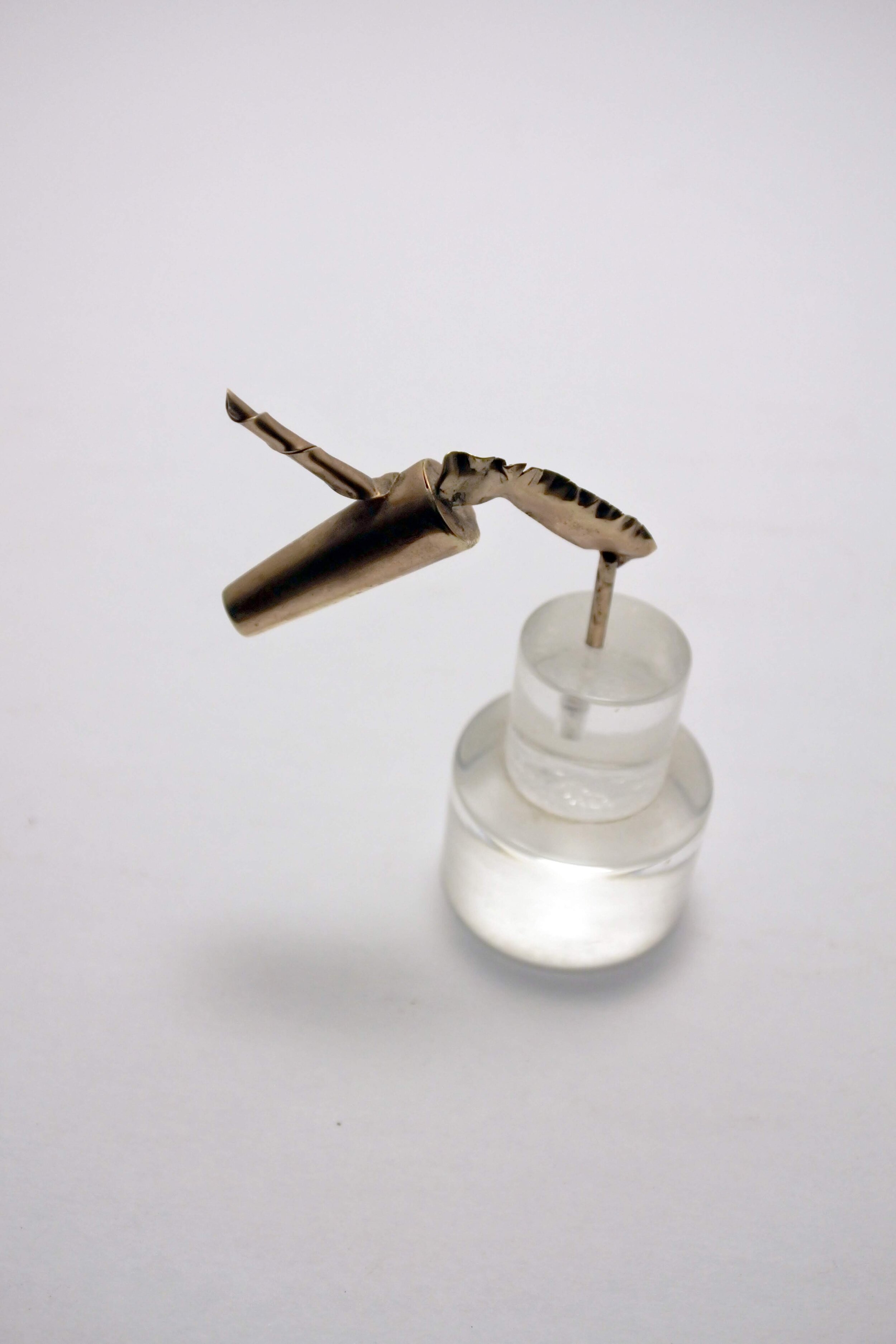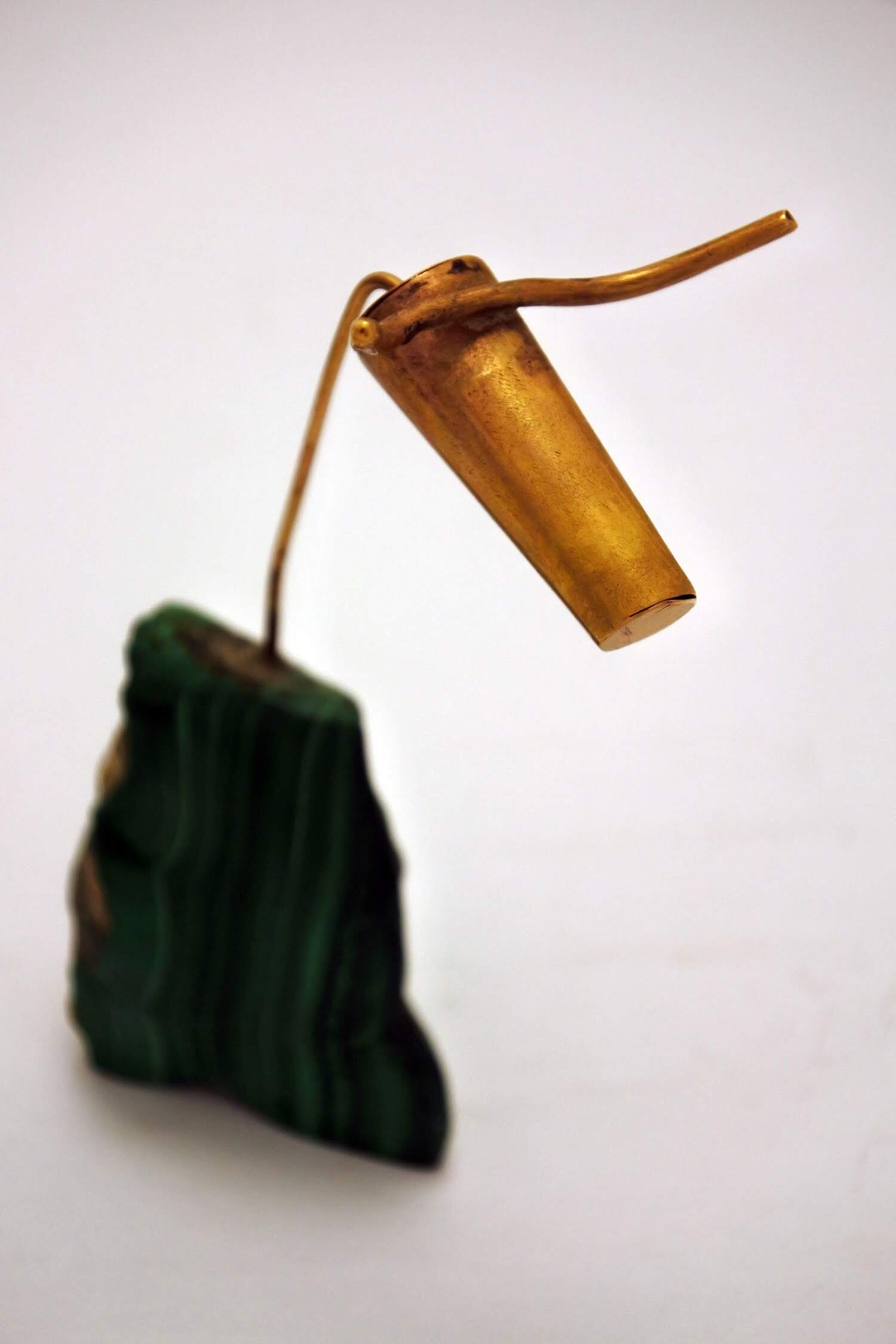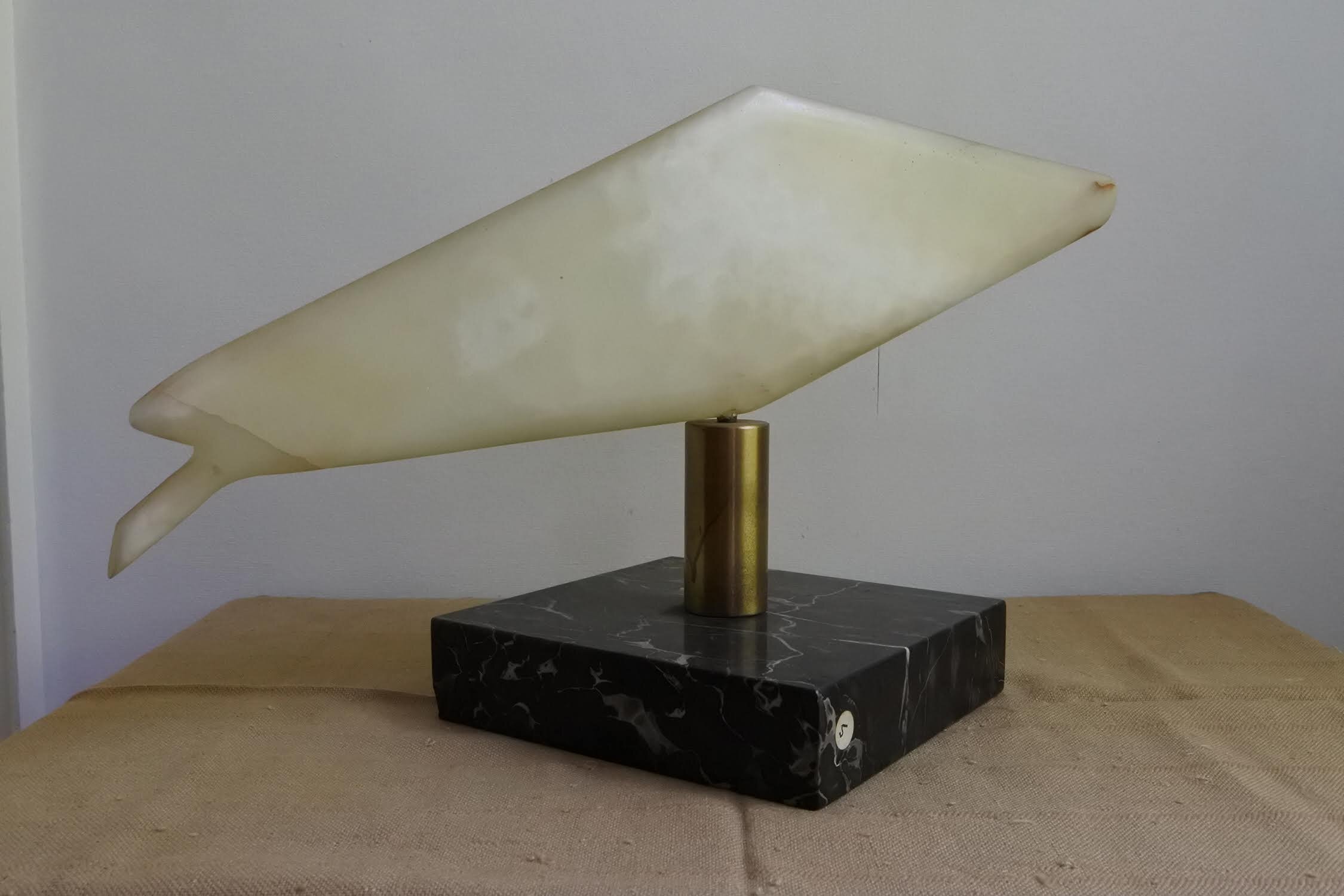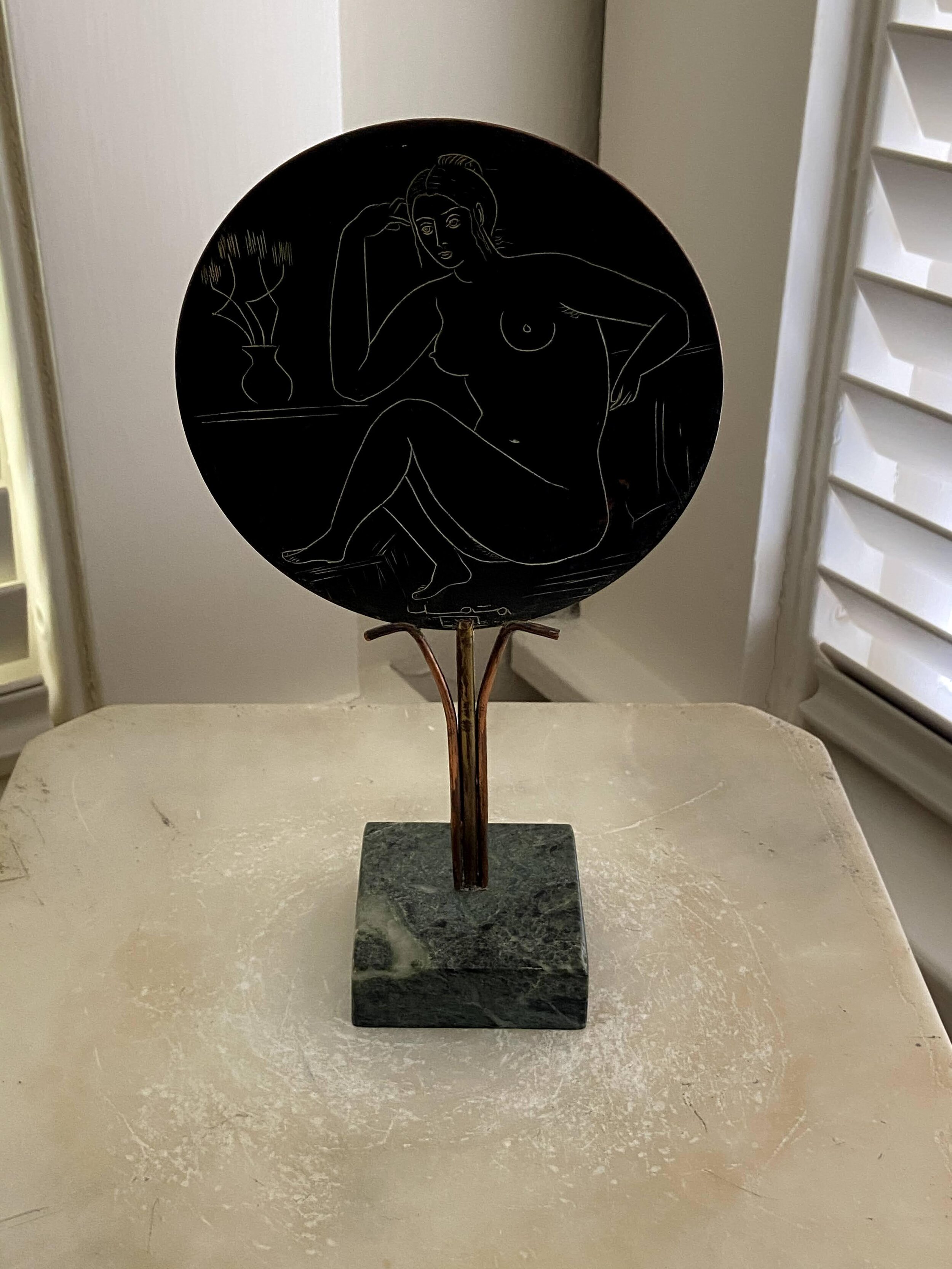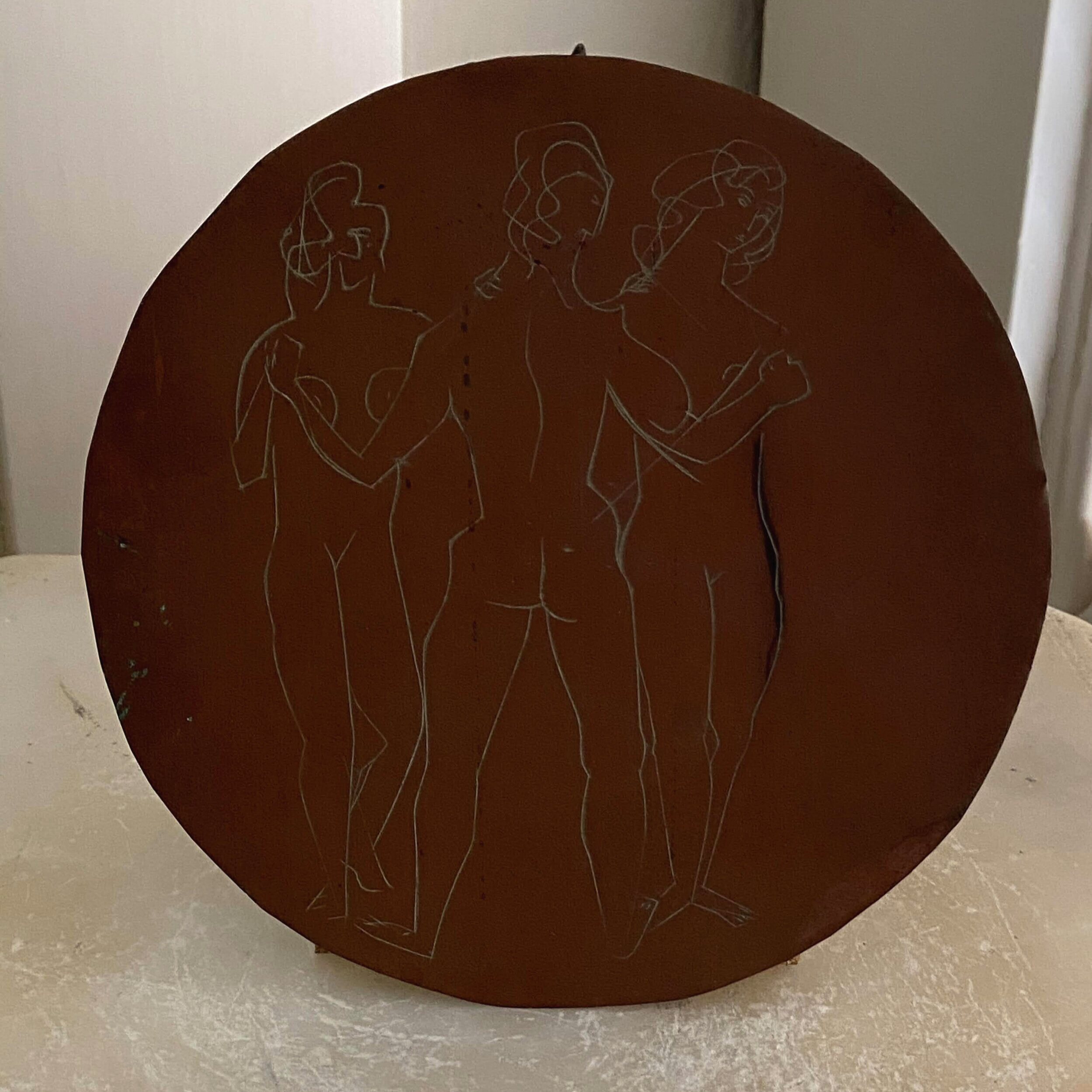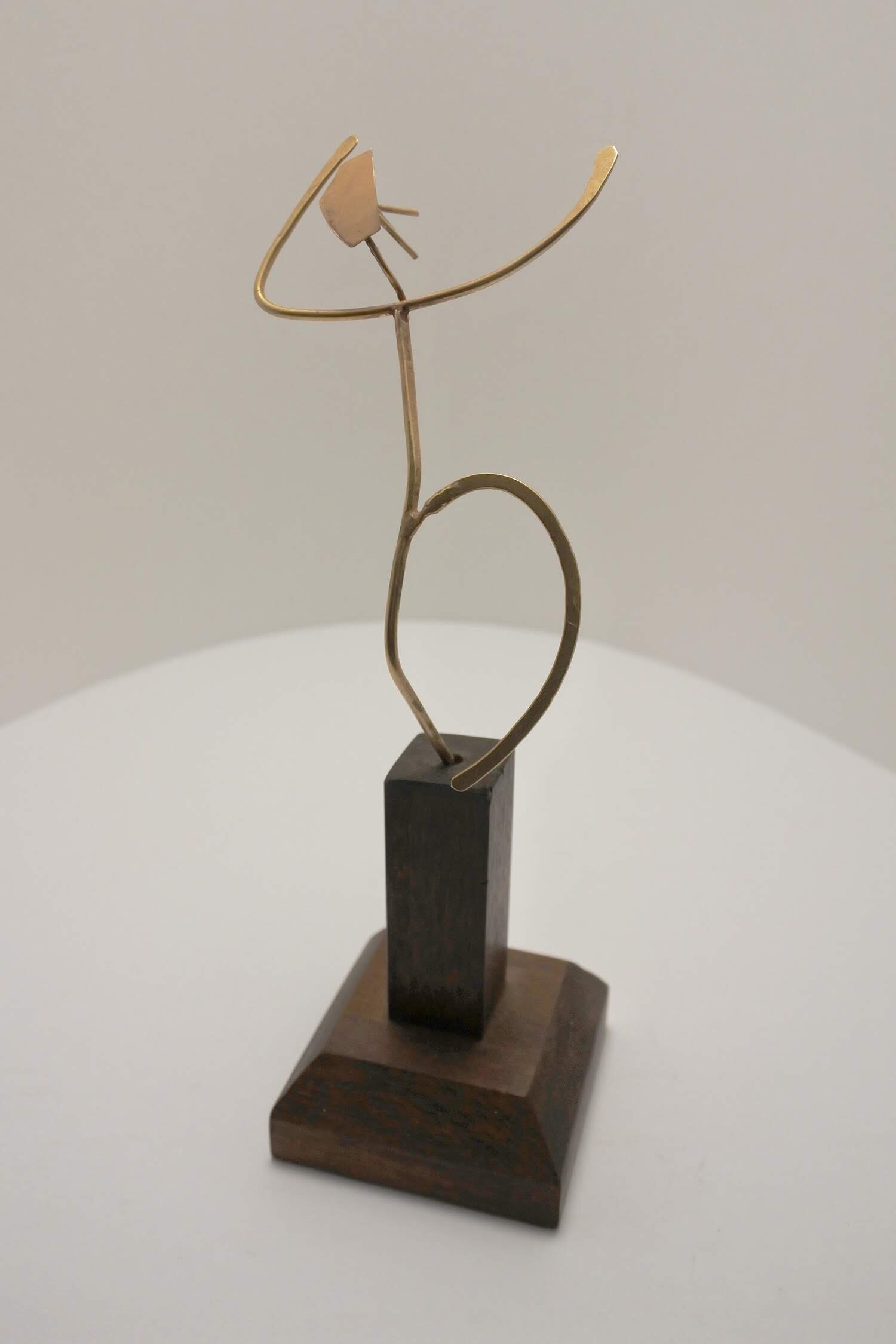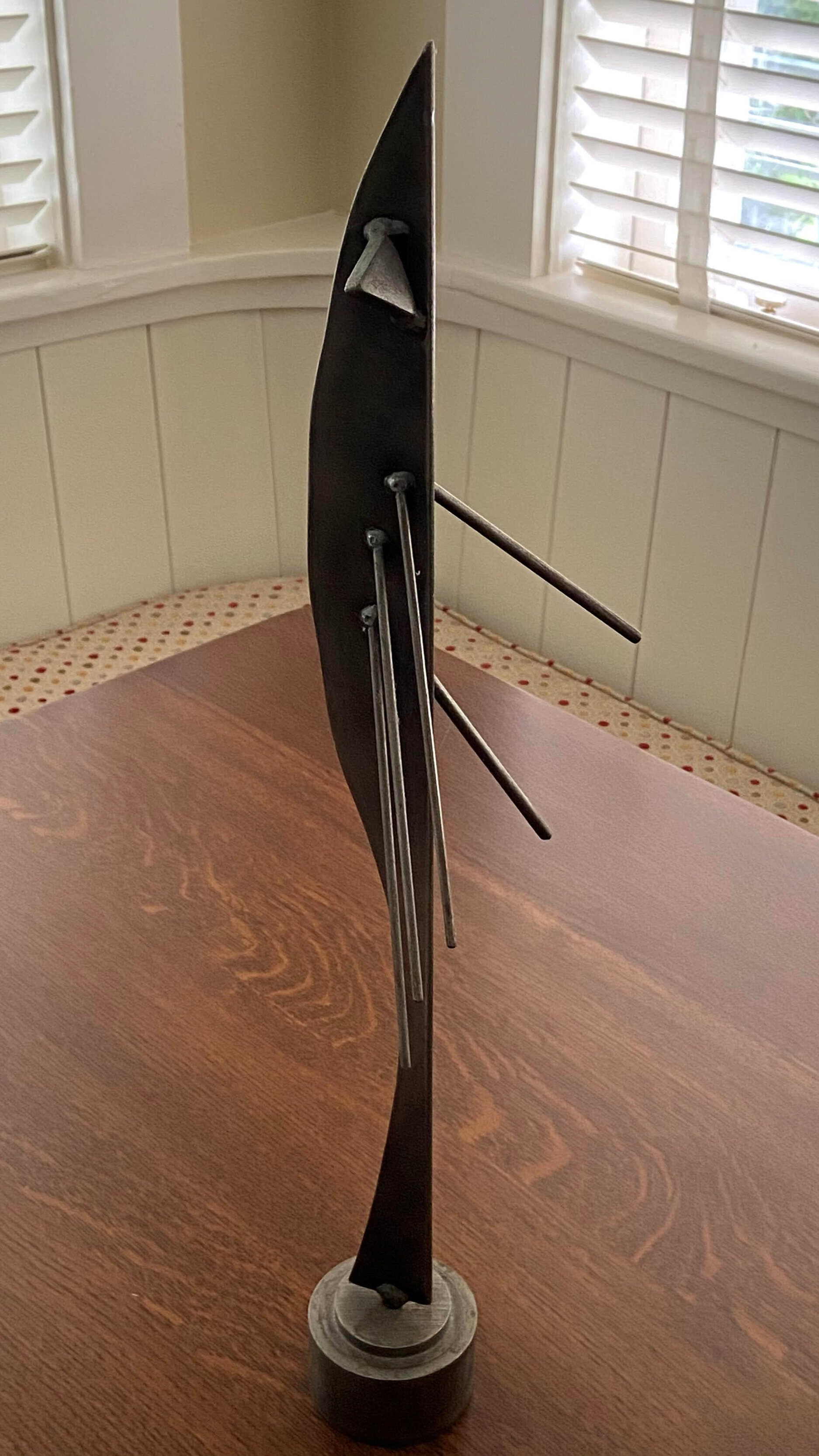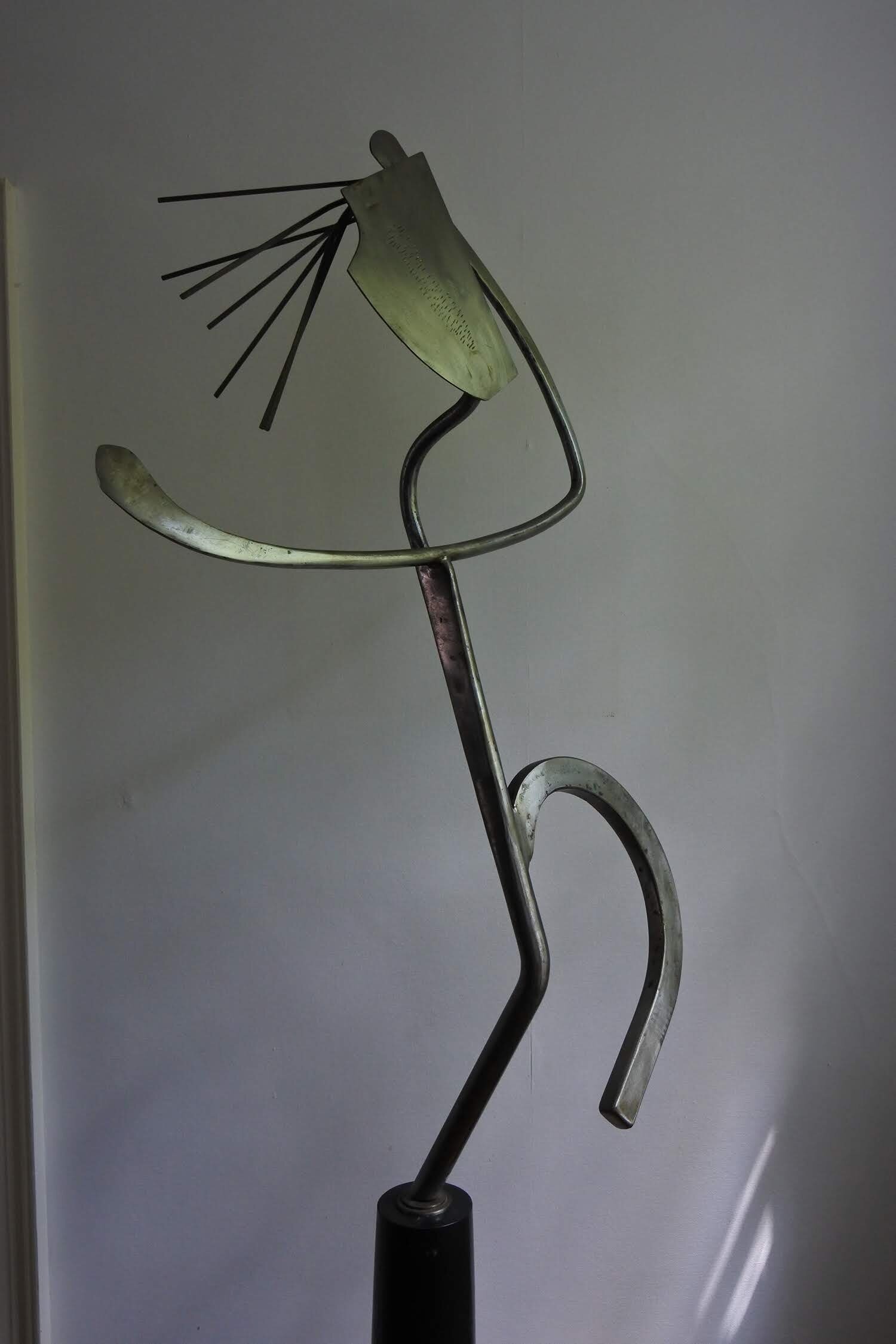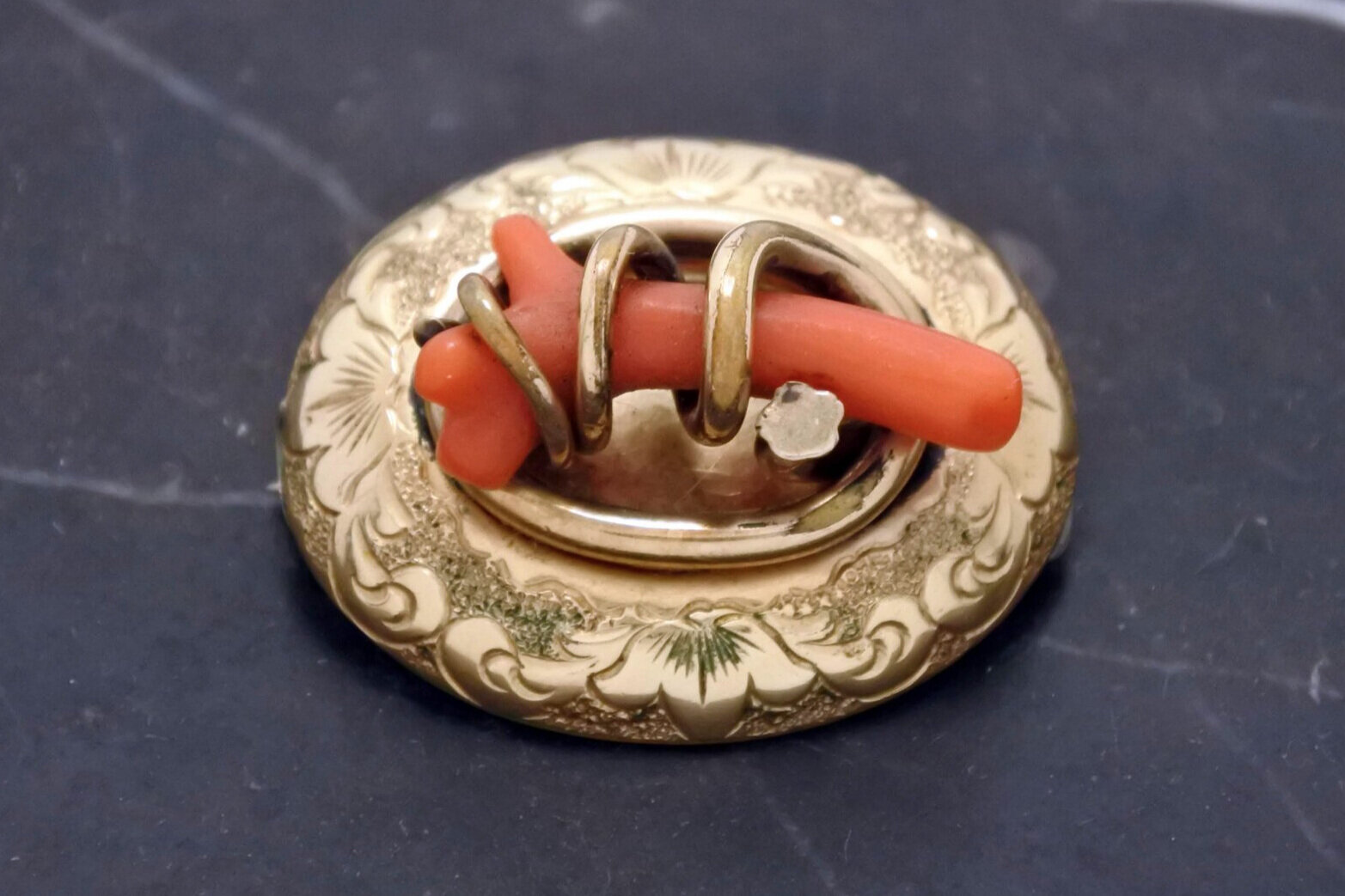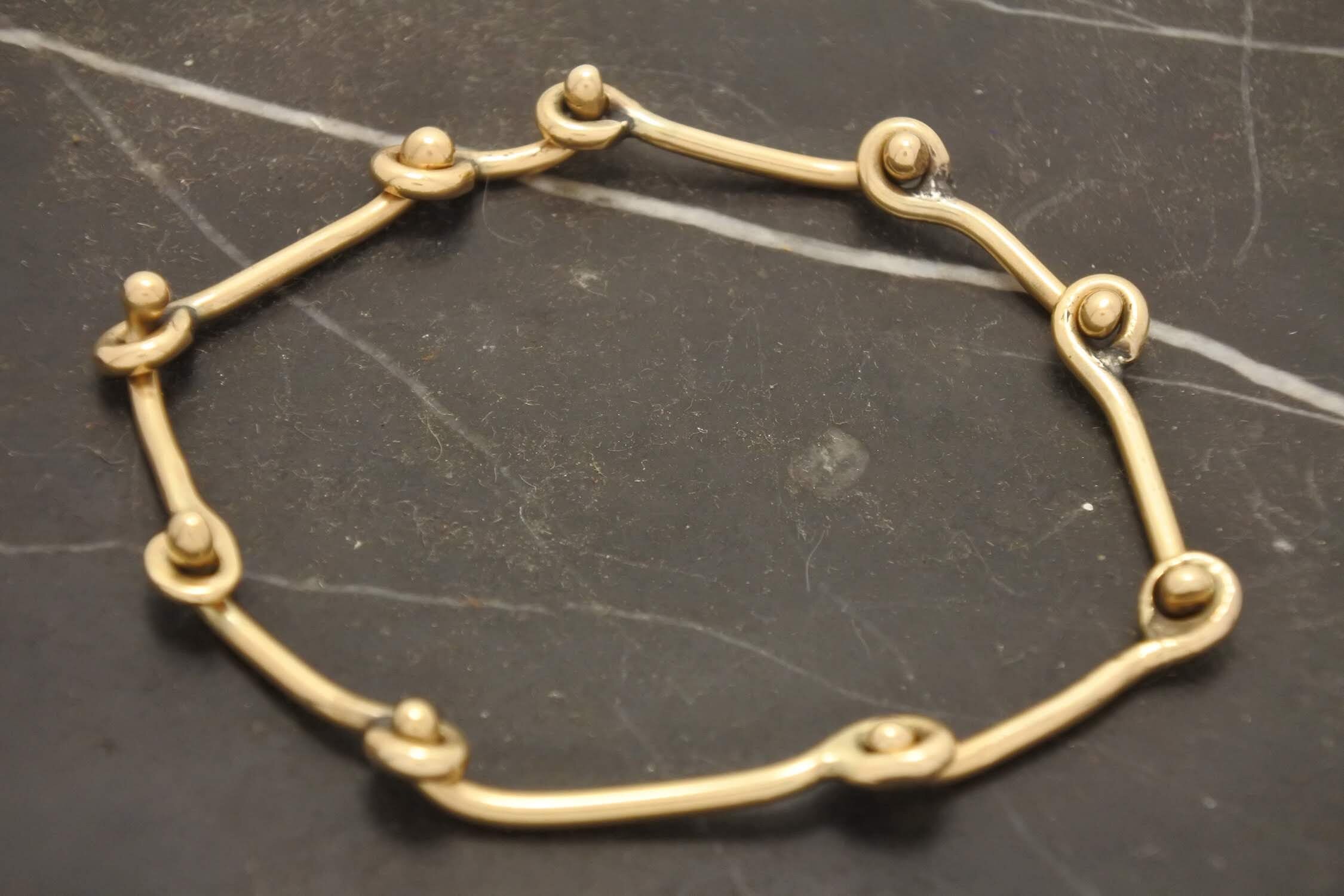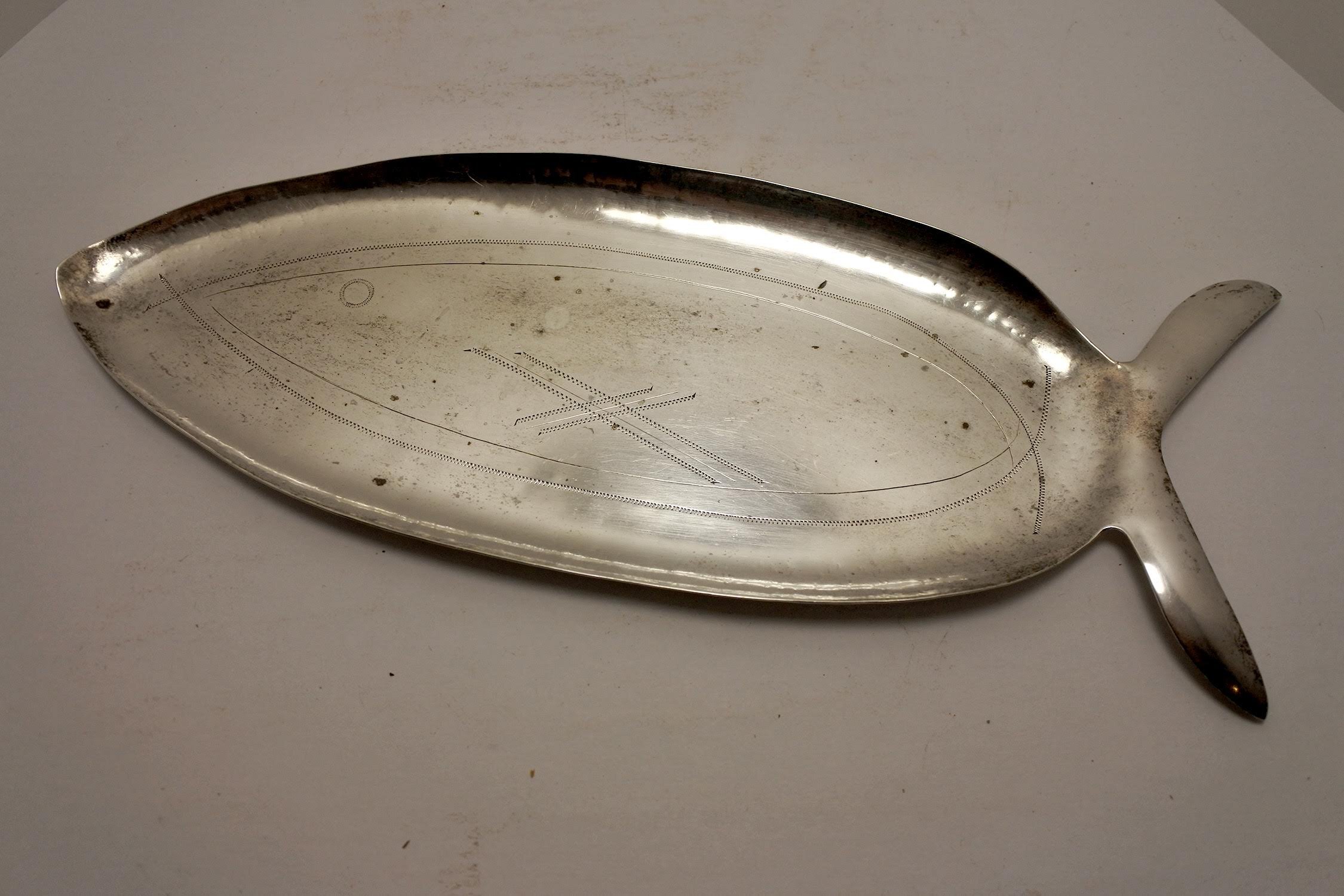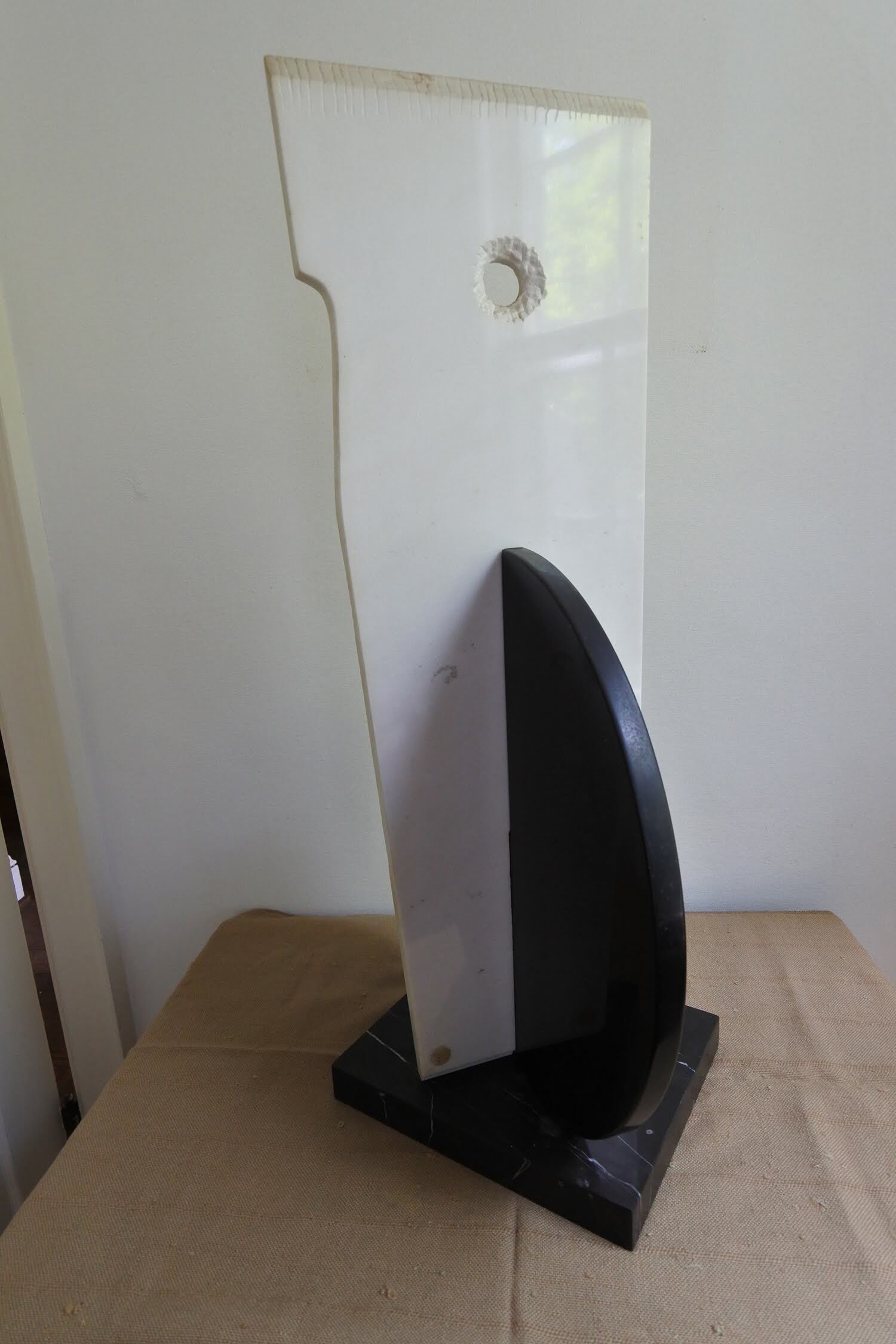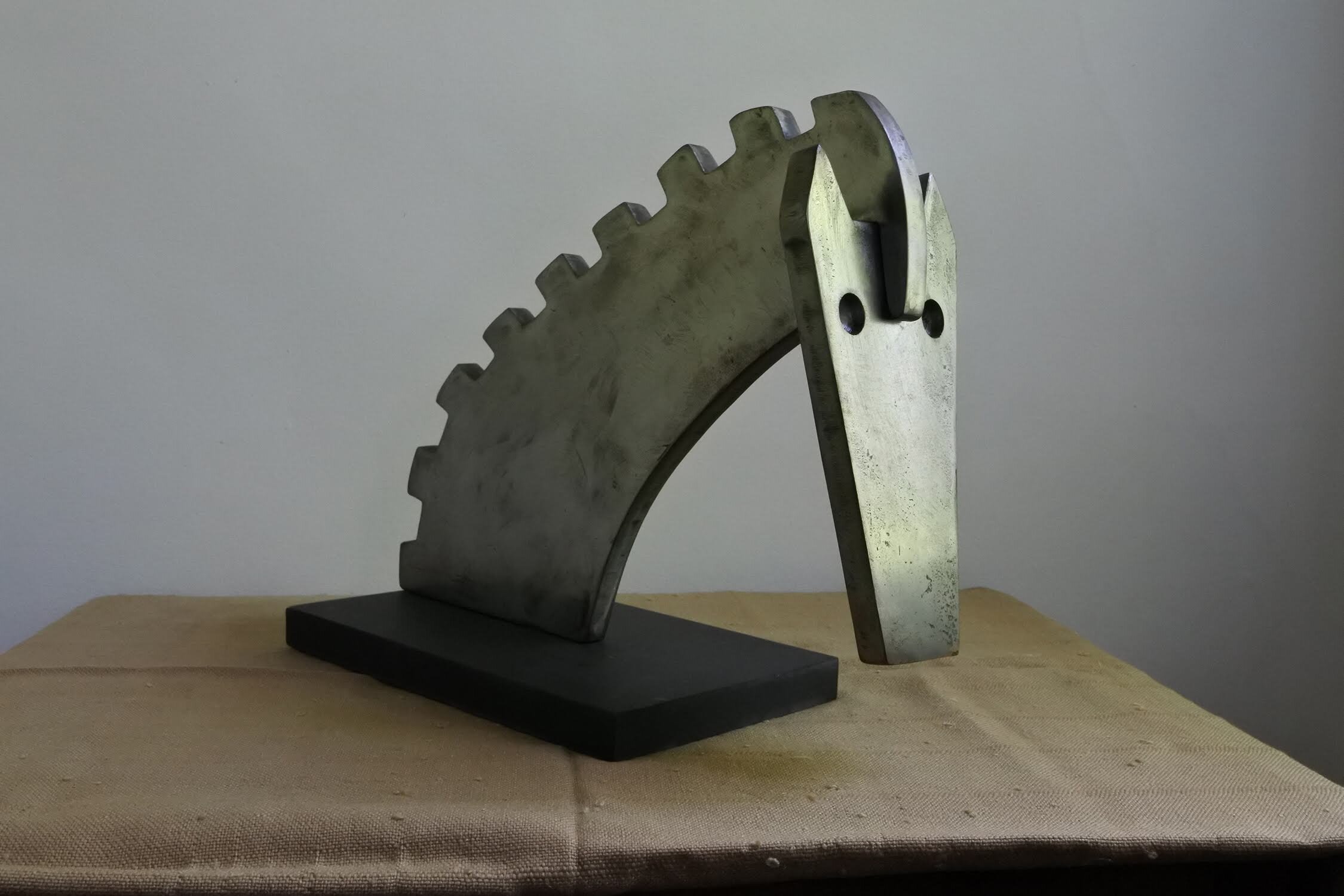
Sculpture
Since ancient times the art of sculpture has occupied a position of primary importance. Always it has expressed the epoque in which it was made. It matters not whether the artist was primitive or highly sophisticated. It matters not what the medium may have been. Whether it was all the stones from granite and marble to the precious stones; Whether it was all the metals since the Iron Age—iron,lead, bronze, steel and the precious metals; or whether it was the less durable clays and woods, it matters not.
Umaña is a universal man who works in many media. He belongs nowhere and yet belongs everywhere. He touches everything with the sensitiveness of an artist who can impart the sense of movement that says what he wants it to say. His technical ability gives him the power to obtain equal expression of feeling through marble or through metal, whichever he may choose.
And always his work—sculpture or painting or drawing—express our epoque. There is no doubt that it is of the early, middle and late twentieth century. Umaña is very attached to tradition, his tradition, and because of his attachment his carved stones or forge-hammered irons give us a feeling of continuity.
